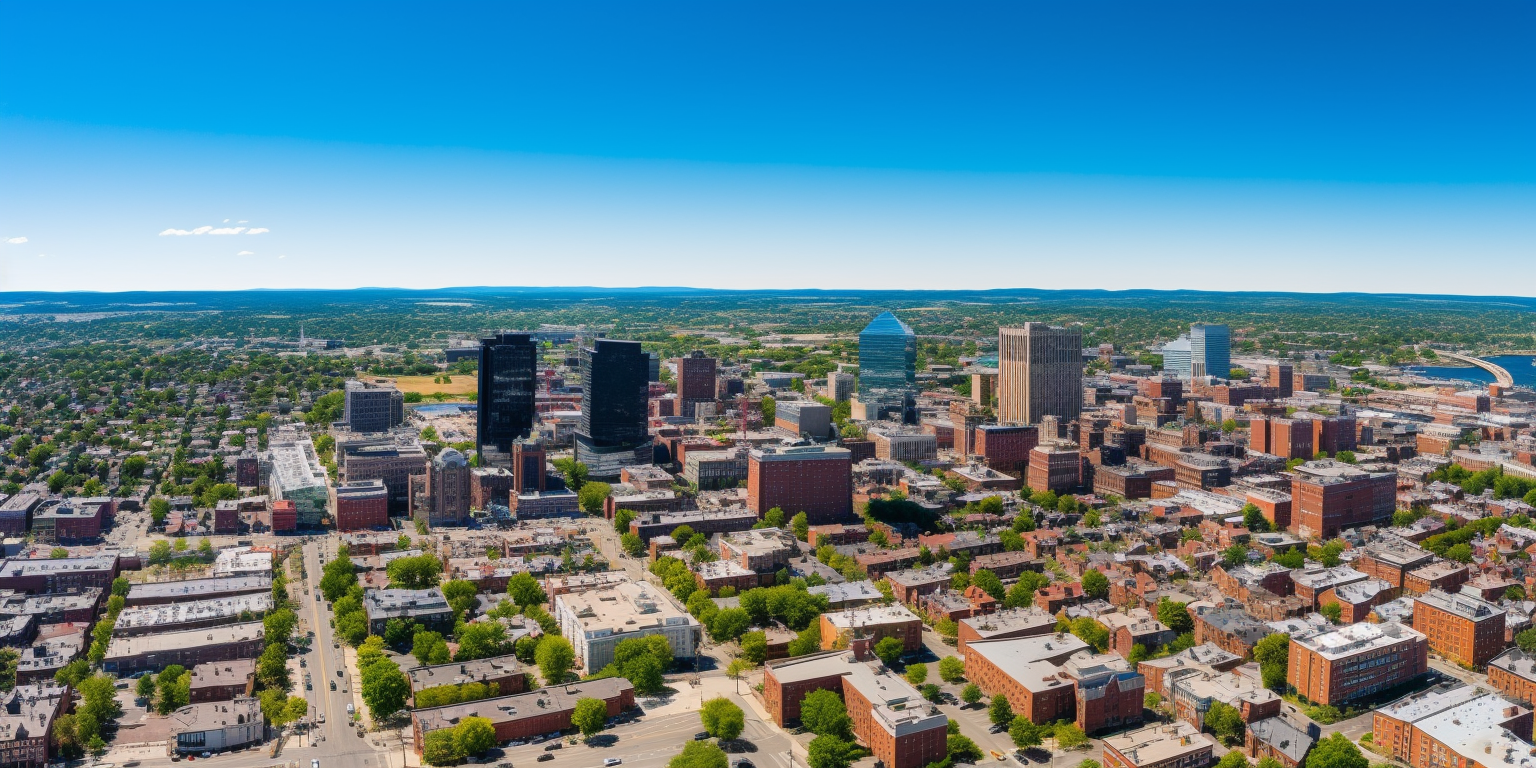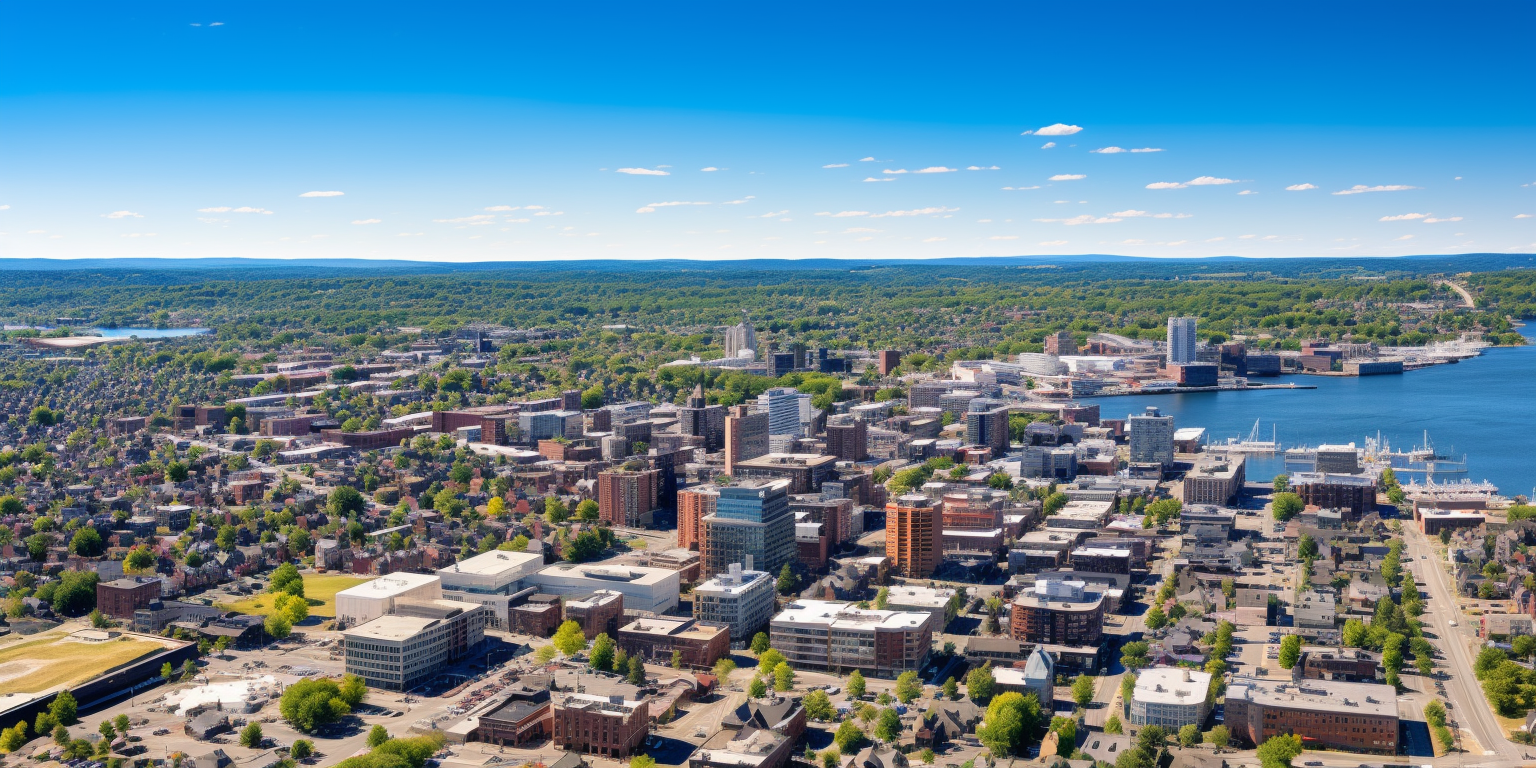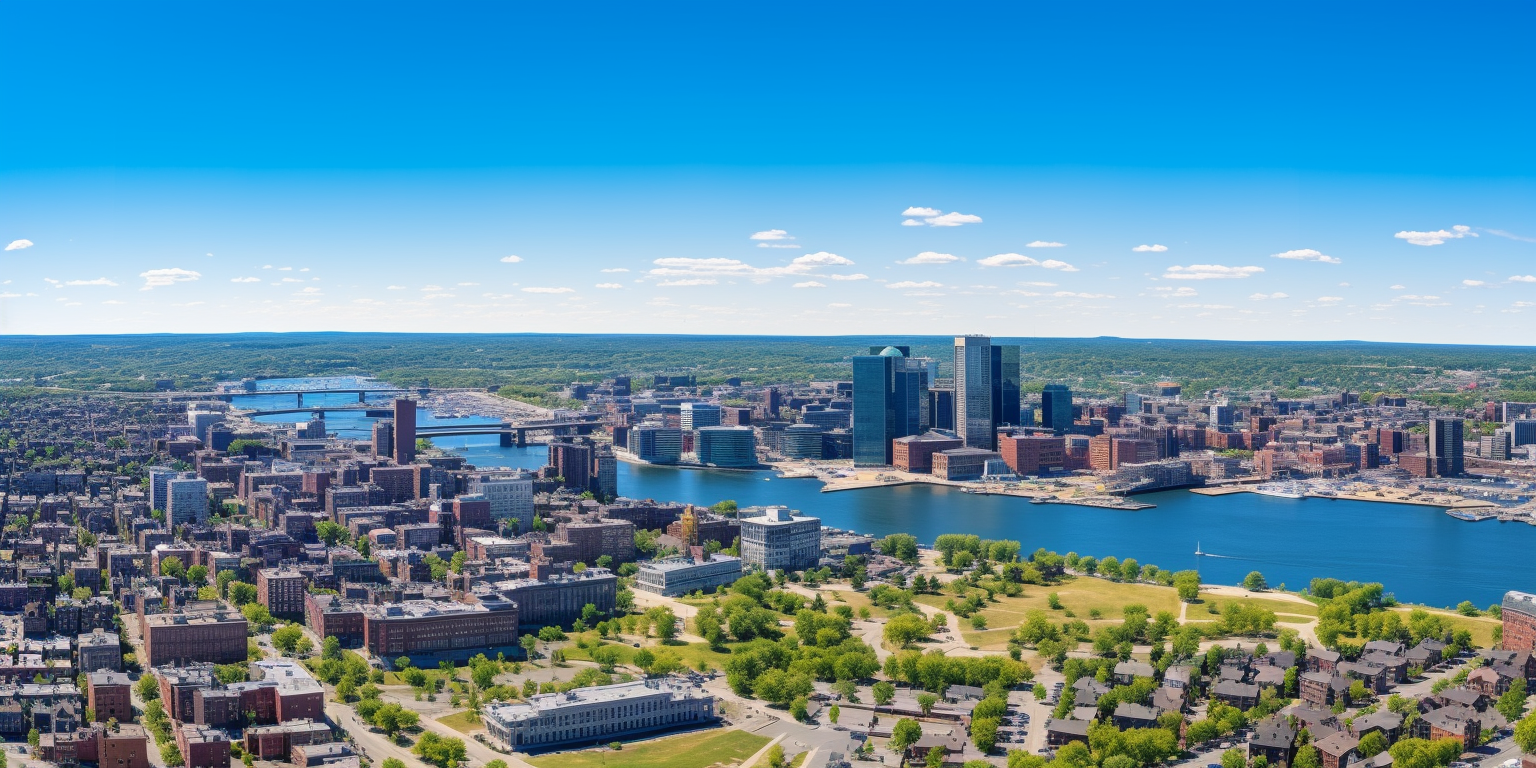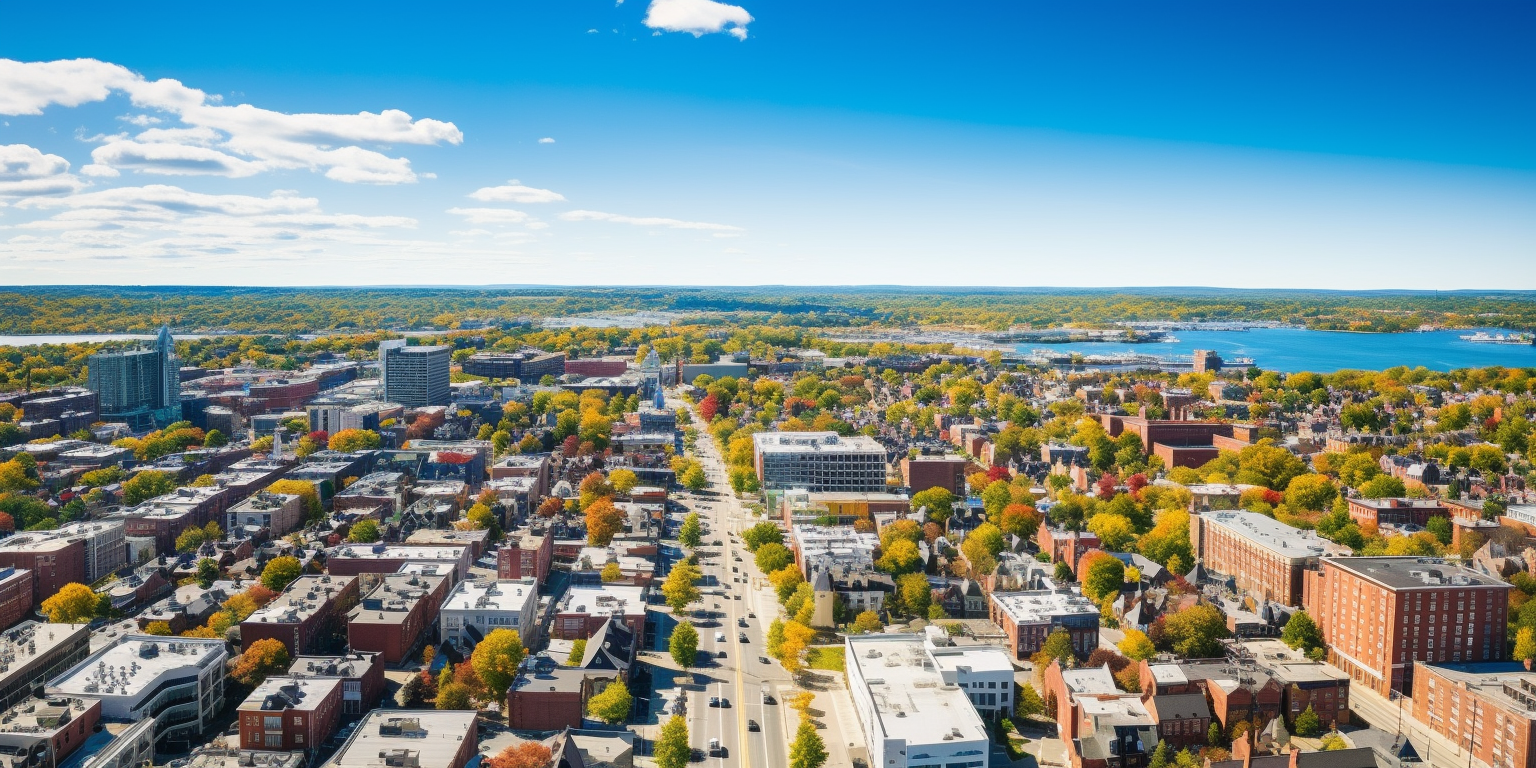Brick is tough and durable, which makes it seem like the perfect candidate for power washing. But don’t be fooled — yes, power washing can damage brick if it’s not done properly.
When Brick Becomes Vulnerable
While bricks themselves are strong, the mortar joints between them and the surface integrity of older or porous bricks are much more delicate. Improper power washing can cause:
- Erosion of mortar
- Cracked or chipped bricks
- Water forced deep into the structure
- Spalling (when brick faces flake off)
These issues can lead to long-term structural damage and expensive repairs.
Key Risk Factors
- Old or Soft Brick: Older buildings often used handmade or low-fired bricks that are far more delicate.
- High PSI: Anything over 1,500–2,000 PSI increases the risk of erosion or surface damage.
- Spray Angle: Spraying directly into joints or cracks can wash away mortar or push water into the wall.
- Unsealed Surfaces: Brick that hasn’t been sealed can absorb moisture more readily, increasing damage risk.
Trust the Pros with Masonry Surfaces
Power washing brick safely takes a delicate touch. Professionals use lower pressure, wide-angle nozzles, and sometimes soft washing with masonry-safe detergents. They’ll also assess the condition of the brick beforehand and avoid cleaning if it’s at risk of damage. For historic homes or aged structures, pro care isn’t optional — it’s essential.








